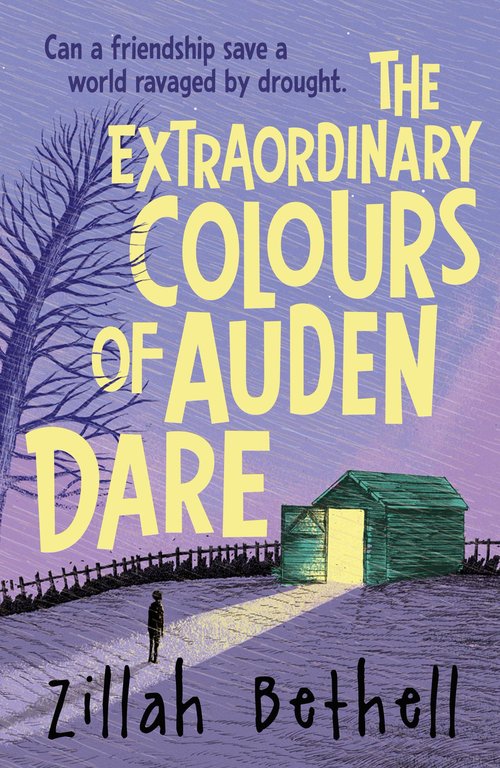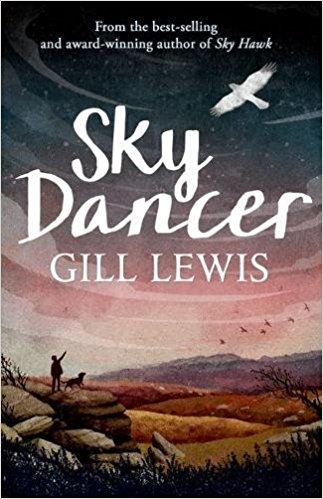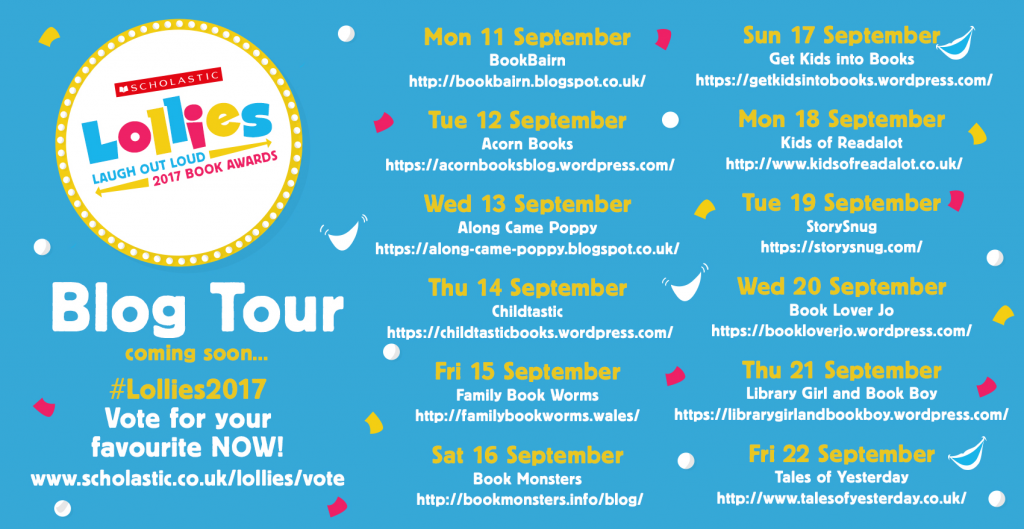
The Extraordinary Colours of Auden Dare
Zillah Bethell
Piccadilly Press
Zillah Bethell’s first book for children, A Whisper of Horses, was one of the Telegraph’s ‘Books of 2016’ and received high praise. Her writing is often described as evocative, vibrant and inventive so when The Extraordinary Colours of Auden Dare popped through my letterbox, I couldn’t wait to get started.
Extraordinary, is most definitely, the word. Although Roget would also suggest wonderful, remarkable and exceptional.
For me, the thrill of the book was in the not knowing. The plot is intriguing and unpredictable, so I am keen not to impart too many details. What I can tell you, is that 11-year-old Auden Dare’s perspective on life is influenced by the fact that he cannot see in colour. It’s a rare condition and it adds to the sense that Auden Dare is the underdog – useless at football, a weirdo in school, a target for bullies. Set in the future, there is also a war raging across the world due to water shortages – it doesn’t rain, everyone is filthy; water is very expensive and is rationed and controlled by the Water Authority Board.
Auden’s mother inherits a small bungalow in Cambridge from her brother who passes away suddenly and mysteriously. When they move to the new town, Auden begins to investigate the circumstances of Uncle Jonah’s death and meets a genuine friend in Vivi Rookmini. When they discover that Professor Jonah Bloom may have been working on a cure for Auden’s condition, the adventure begins. When they unearth a secret in Uncle Jonah’s garden shed, things really kick off!
Told in the first person, Auden’s 11 year old persona is entirely convincing – witty, self-deprecating and relaxed. He’s also rather fragile; he brushes most things off easily but is hurt when people show a lack of understanding of his condition. On top of that, when a malicious rumour about his father spreads, it tips him to breaking point. But he has a friend and the relationship between Auden and Vivi is beautifully written – full of vibrancy and understanding.
Zillah Bethell’s writing is terrifically engaging, confident and highly entertaining. I found it nigh-on impossible to guess the ending which was met with tears of joy. A thoroughly enjoyable read, I was totally involved throughout – in turn laughing out loud, and biting my nails; wincing with every threat and grinning inside with every glimmer of hope.
As I approached the end of the novel, I was reminded of something the Dalai Lama has said in an address to the world’s youth. He said, (and I’m paraphrasing) “Whilst children should be happy and have fun in the here and now, they must not lose sight of their place in the world. Afterall, our individual interests ultimately depend on the global situation.”
If someone shows their true colours, then they reveal their real self. The true colours of Auden Dare are that of a young man with determined self-confidence and warm-heartedness; a boy of compassion and truth – the epitome of humanity – and there’s something quite extraordinary about that.
Thanks to Piccadilly Press for sending me a review copy of The Extraordinary Colours of Auden Dare (it’s available in the shops now).
You can buy The Extraordinary Colours of Auden Dare from Hive or better still, from your local bookshop.
You can follow Zillah Bethell on Twitter, as well as Matt Saunders who designed the cover.


 Thimble is a rollicking, shoulder-heaving romp of a book with the tearaway monkey causing havoc from the outset. Calamity follows catastrophe as the Dawsons look after the monkey while the neighbours are away. Daddy Worm read this in school to a class of 8 year olds and they were rolling around on the floor with fits of the giggles. If you’d like to read Nina’s full review, it’s available
Thimble is a rollicking, shoulder-heaving romp of a book with the tearaway monkey causing havoc from the outset. Calamity follows catastrophe as the Dawsons look after the monkey while the neighbours are away. Daddy Worm read this in school to a class of 8 year olds and they were rolling around on the floor with fits of the giggles. If you’d like to read Nina’s full review, it’s available 